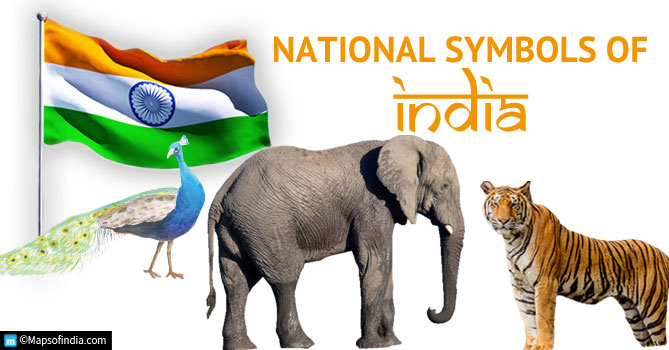If I were to ask you which animal you associate with India, many of you would probably say a tiger or an elephant. Royal Bengal Tigers are one of the 5 remaining species of tigers living and they are the country’s national animal. There are now about 3000 tigers in the wild in India, but this is more than double the number that were present in 2006.
To put it in perspective, there are about 5000 tigers living outside of zoos in the world and about 8000 living in captivity. As the biggest cats in India weighing up to 500 lbs., they are top predators in the food chain, but their numbers have decreased dramatically due to deforestation and poaching. There used to be more than 100,000 tigers roaming across Asia, but they are now considered to be an endangered species with the Sumatran Tiger on the critically endangered list.
In India there are now over 50 protected areas designated as tiger reserves. If you are going to attend the 31st World Congress in India, then you might want to consider visiting one of these reserves and spotting a tiger in their natural habitat. Incidentally the last year has been the Chinese Year of the Tiger which ends on January 21st. The next Year of the Tiger will be in 2034!

Perhaps if you go to this year’s World Congress you might also want to try riding an elephant. India is home to the Asian Elephant which is smaller than the African Elephant. They have smaller ears and female Asian Elephants do not grow tusks. Whilst elephants are the largest land animals, the Indian Elephant, which is one of four subspecies of Asian elephant (the others being Sumatran, Sri Lankan and Bornean), is smaller than its African relative. Although the Indian Elephant has the widest range and accounts for the majority of the remaining elephants on the continent, they are still on the endangered list. An elephant’s trunk contains no bones, includes both the upper lip and the nose, and is made up of 40,000 muscles, which is about 62 times the number of muscles in the entire human body. With strong emotional ties rooted in Hinduism, Asian Elephants also have a huge significance in traditional Indian culture and was declared the National Heritage Animal in 2010.
After Nairobi, Delhi is the second most bird-rich capital in the world with over 400 species whilst India is home to over 12% of world’s bird species. If you are twitcher (as a opposed to a tweeter!) India will be paradise for you. The peacock is the national bird of India because of its rich religious and legendary involvement in Indian traditions. Hindus consider this bird to be sacred because the god Kartikeya rides on its back. It is a symbol of grace, joy, beauty, and love.
Did you know that feathers, fur, and hair are all thought to have evolved from reptilian scales!
All the best,
Gregory Williams, MBBS, FISHRS
2023 Program Chair